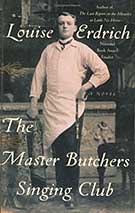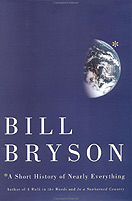Tonight at dinner I was reflecting with my father how vengeance seemed to be such a driving force in the world. I’ve just finished reading “Charlie Wilson’s War” about how US Rep. Charlie Wilson had almost single handedly procured billions of dollars of appropriations money to fund the Afghan rebels fighting the Soviets who were occupying their land. To Charlie it didn’t matter that tens of thousands of young Russian men were being sent home to their mothers in body bags, often after brutalizing deaths at the hands of the Afghans. To him it was revenge for Vietnam and the Soviet-backed North Vietnamese. For Gust Avrakotos, Charlie’s Greek colleague in the CIA, his actions were also motivated strongly by revenge, part of his Greek heritage. The Afghans were brutal to the Soviets they caught – raping them, skinning them alive, etc., all for revenge.
I once read a book called, “Don’t Get Mad, Get Even.” Very funny book, a light-hearted and creative approach to keeping oneself from petty victimization. Moral – if you attempt to cheat me, I will cause you public humiliation until you back off. Not so bad of a message; it’s how we as a culture keep people in line, keep individuals from making life difficult for all of us.
But some people are really driven by vengeance, people who go through life spending their time looking for ways to mess up other people’s lives for wrongs both real and imagined.
I don’t experience this kind of vengeance. And although I would probably like to believe that this is because I’m a good person, it’s probably more a result of never being deeply hurt. It used to be when I was hurt by someone, for example a “man who done me wrong”, I would be very sad for a long time. As I’ve grown older I’ve discovered the healing properties of anger. I get angry, I create a wall shutting the cause of pain out. Eventually the anger dissolves. I let go, get on with my life, and ignore the parts that ever caused pain. But vengeance is something else, beyond anger to protect, it’s anger directed to hurt or destroy. It’s planned; it’s methodical; it can last a lifetime.



